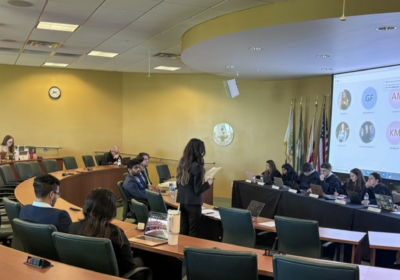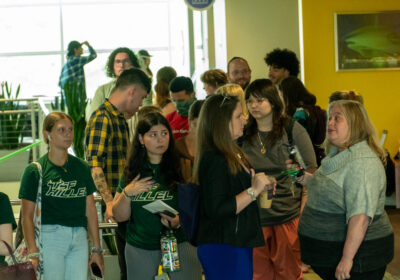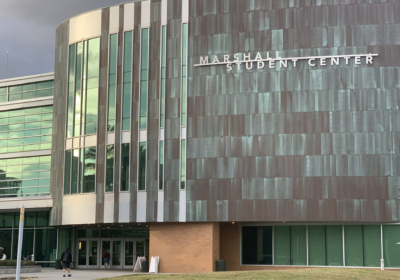College applications on the rise at USF
Across the nation, high school seniors have become more decisive when it comes to college applications.
More students are choosing to apply to college during the early decision period — meaning they apply early and commit to attend the institution if accepted — despite the economic downturn, according to a story in The New York Times.
Though USF doesn’t have an early admissions policy, the University has seen a higher volume of applications.
Director of Admissions Robert Spatig said USF has received about 1,300 applications more than it did at this point last year — an 8 percent increase.
“That is freshman only,” Spatig said. “We’ve already offered admission to over 4,500 freshmen. We’re going to admit roughly 11,500 freshmen to enroll a summer and fall class of about 4,200.”
Of the 4,500 freshmen already admitted to USF, 141 students have paid their enrollment deposits.
USF has a rolling admissions policy, meaning the University continually receives applications from students, instead of having a few bulk notification deadlines like some other state universities.
USF has changed the way it utilizes rolling admissions in the last few years, Spatig said.
“We regularly admit students, defer students for additional information or deny students. Most rolling admissions offices will only admit and deny. We use deferrals in order to not fill up the class and over-enroll too early,” he said.
Other state universities, such as Florida State University, are also seeing their application volume grow. FSU has two notification application dates, but no early decision option.
“Pretty much, students know if you apply to us by this date, you will hear from us by this date and they can go online and see that. It has worked out really well for us,” said Janice Finney, FSU director of admissions.
FSU will notify more than 13,000 students on their first notification date, she said.
“I’m on a listserv and I’ve been reading what many state universities around the country have been saying,” Finney said. “Many of them are way up, and whether they are way up because students are electing to stay in their state — go to a state school because it’s cheaper — or whether it’s just having more backup options, I think we are all a little bit puzzled by this.”
Though University officials are puzzled, some said the recession is a major factor.
“It’s absolutely because of the economic hardships that we are seeing this rise in applications,” Spatig said, because of “students who are looking to make sure that they get into a high-quality state university where they can use Bright Futures.”
Spatig also attributes USF’s rise in applications to its low tuition.
“That’s driving students who might have looked at private institutions or might have looked out of state to really at least apply to the public institutions in the state,” he said.
Chris Bock, a freshman majoring in mass communications, said he believes people are applying to more schools because they value education.
“People are putting more emphasis on education,” he said. “Where the higher the education is, the more money you will make in life.”






